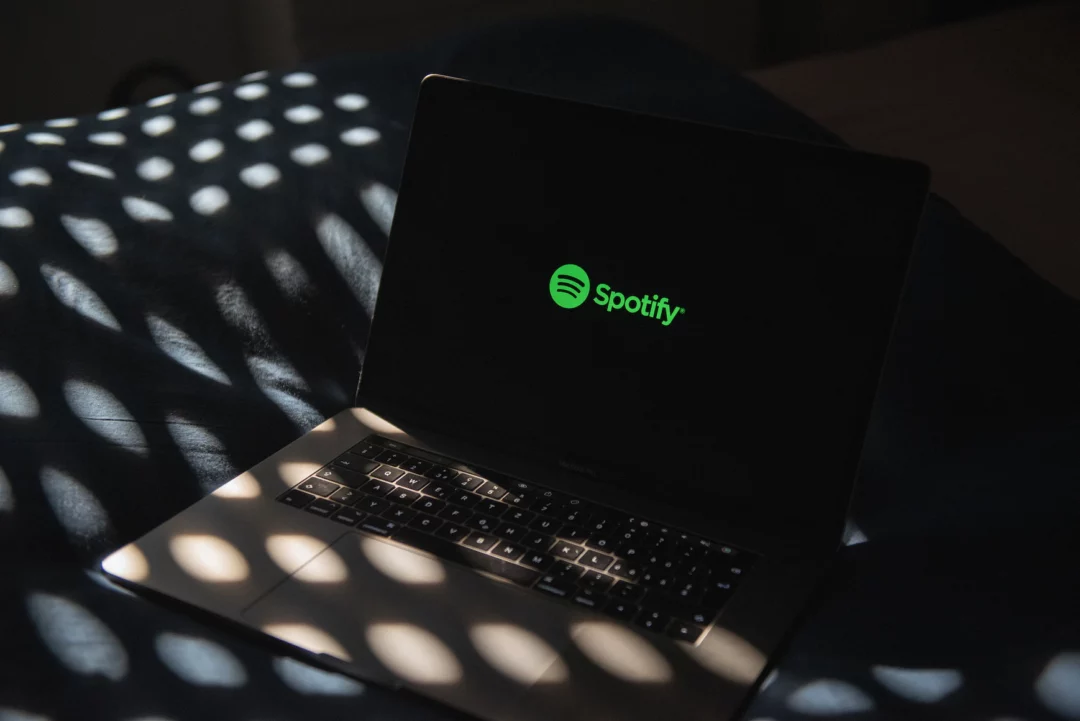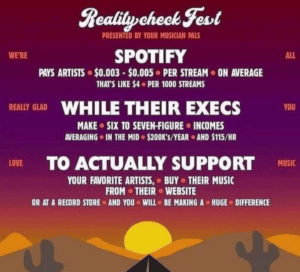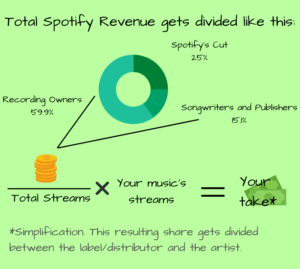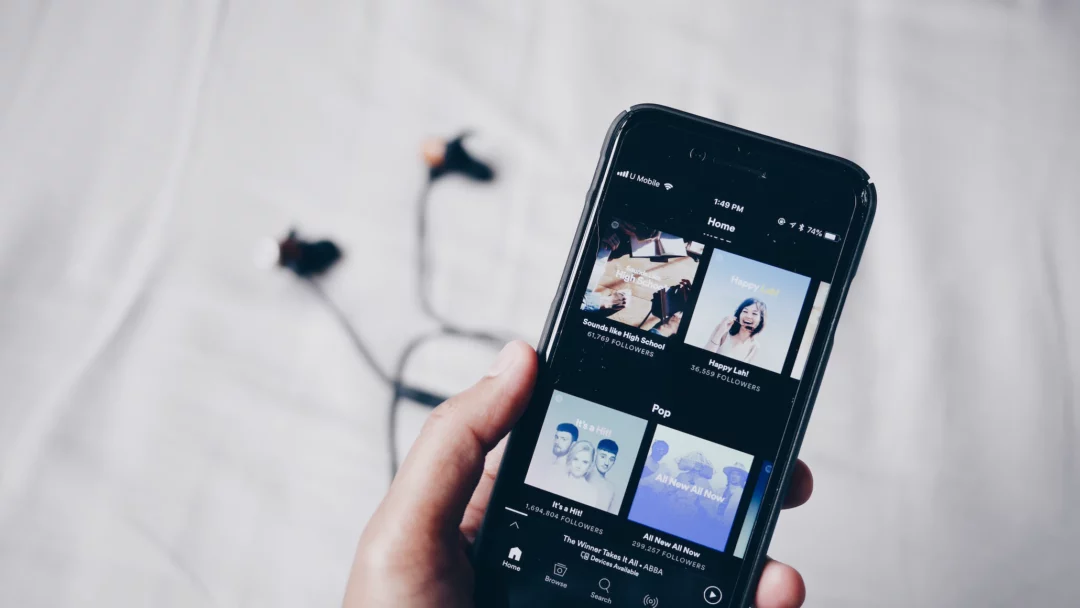Even as we entered an economic recession, revenue continued to pour into artists with Bandcamp Campaigns pockets via Bandcamp in 2022. In the past year alone, Bandcamp users have spent $185 million on everything from digital albums to cassettes to limited edition vinyl to t-shirts.
In March 2020, Bandcamp launched Bandcamp Fridays to help artists earn more revenue from digital and physical sales by waiving their revenue share, typically 10 – 15% for downloads and 10% for physical merch and music.
27 Bandcamp Fridays have been and gone; in total, they have earned artists and their respective labels $95 million USD.
Bandcamp has created an invaluable aural ecosystem, for independent and established artists alike, due to its ability to provide direct revenue to artists and labels. Most payments for digital purchases are processed within 24 – 48 hours, and the funds will be paid directly into a PayPal account.
Another discernible advantage Bandcamp has over other mainstream music platforms, such as Spotify, is the pricing flexibility. With Spotify, you have no say in regard to how much you earn per stream. With Bandcamp, artists and labels can adjust the cost of their singles, EPs, albums and entire discographies to recoup the cost of writing and producing new music. Furthermore, the flexible pricing model also enables artists to adjust pricing based on the popularity and maturity of releases. But the perks certainly don’t end there:
Advantages of Bandcamp
- Artists and labels can access direct income from the platform after a 10 – 15% cut is taken.
- For music fans with cash to spare, they can pay over the base price for a digital or physical purchase.
- Music fans can access and listen to music for life due to the download functionality.
- Bandcamp is highly popular amongst radio hosts and DJs who want to purchase music legally and legitimately.
- Unlimited streaming capacity on purchased releases.
- Artists can create self-promo and discovery campaigns via the platform.
Disadvantages of Bandcamp
- Bandcamp may be an artist and fan favourite, but in 2023, it is still far less popular than Apple Music and Spotify.
- The user interface isn’t as intuitive, slick, and functional as other platforms.
- The platform makes it hard for music fans to discover new artists and music with the lack of a playlisting feature.
- Can be expensive for music fans if it is used as a primary music streaming platform.
- Distribution is a little more complicated and time-consuming for artists.
Bandcamp Statistics
Every year, the criticisms around the unfairness of streaming royalties get louder; Bandcamp is one of the few music streaming sites which fairly compensates artists. It will take 1500 Spotify streams or 1200 Apple Music streams to equate to one £5 purchase made via Bandcamp. After the Bandcamp revenue share and payment fees, an average of 82% of every sale makes its way to artists or labels. For independent artists attempting to recoup their expenses, the revenues make the world of difference.
In 2022, Bandcamp facilitated the sales of 15.9 million digital LPs, 6.7 million singles, 2.3 million vinyl records, one million CDs, 500,000 t-shirts and 550,000 cassettes. So even if it does have a fraction of the community which makes its way over to Spotify and Apple Music daily, there is a thriving music community that is incredibly keen to support their favourite creators. For independent artists looking to grow their fanbase, there is just one problem: the increased competition.
How to Launch the Best Bandcamp Campaign in 2023
Bandcamp comes with a series of highly valuable features and promotional tools you can use to promote your music, including Bandcamp Live, Fan Subscriptions, and Automated Fan Notifications. You can also utilise Real-Time Analytics to look for improvement in your music promotion campaigns or use Bandcamp Pro to message fans using geographic targeting or stream to a private audience.
However, one of the best ways to promote your music on Bandcamp in 2023 is to release your music on Bandcamp one week before your music launches across all other streaming services. After you have launched your new release on Bandcamp, advertise the Bandcamp Campaign across your social media pages to give your staunch fans the opportunity to purchase your music on Bandcamp before it is available to stream on Spotify, Apple Music, Deezer, Tidal and YouTube. If you have the extra money in your promotional budget, you can also advertise your Bandcamp Campaign via sponsored posts on Facebook and Instagram.
If you have a loyal fanbase, you can also follow in the footsteps of the Welsh singer-songwriter and instrumentalist, The Anchoress, who has recently used Bandcamp Fridays as an opportunity to release singles on Bandcamp to give her fans the chance to snag ultra-limited-edition singles. Most recently, she released her ethereal reworking of Joy Division’s Love Will Tear Us Apart. It was made available for one weekend only for a minimal cost of £2, and hundreds of her fans took the ethereal synth bait. Myself included.
If you have a demo going spare and want to test your fans’ loyalty, a time-limited Bandcamp campaign can see just how dedicated your fanbase is.
–
For more advice or information on how to promote independent music, contact our award-winning artist and development team, which can put you on track to score more fans, listeners and exposure.
Our cost-effective consultancy service has trained and developed hundreds of artists looking to establish their brand and make an everlasting impact in an oversaturated industry.
Article by Amelia Vandergast






